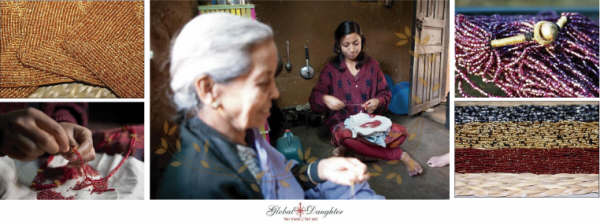Why Should We Pay Attention to Girls?
Little research has been done to understand how investments in girls impact economic growth and the health and well-being of communities. This lack of data reveals how pervasively girls have been overlooked. For millions of girls across the developing world, there are no systems to record their birth, their citizenship, or even their identity. However, the existing research suggests their impact can reach much farther than expected.
The Ripple Effect
• When a girl in the developing world receives seven or more years of education, she marries four years later and has 2.2 fewer children.
(United Nations Population Fund, State of World Population 1990.)
• An extra year of primary school boosts girls’ eventual wages by 10 to 20 percent. An extra year of secondary school: 15 to 25 percent.
(George Psacharopoulos and Harry Anthony Patrinos, “Returns to Investment in Education: A Further Update,” Policy Research Working Paper 2881[Washington, D.C.: World Bank, 2002].)
• Research in developing countries has shown a consistent relationship between better infant and child health and higher levels of schooling among mothers.
(George T. Bicego and J. Ties Boerma, “Maternal Education and Child Survival: A Comparative Study of Survey Data from 17 Countries,” Social Science and Medicine 36 (9) [May 1993]: 1207–27.)
• When women and girls earn income, they reinvest 90 percent of it into their families, as compared to only 30 to 40 percent for a man.

No comments:
Post a Comment